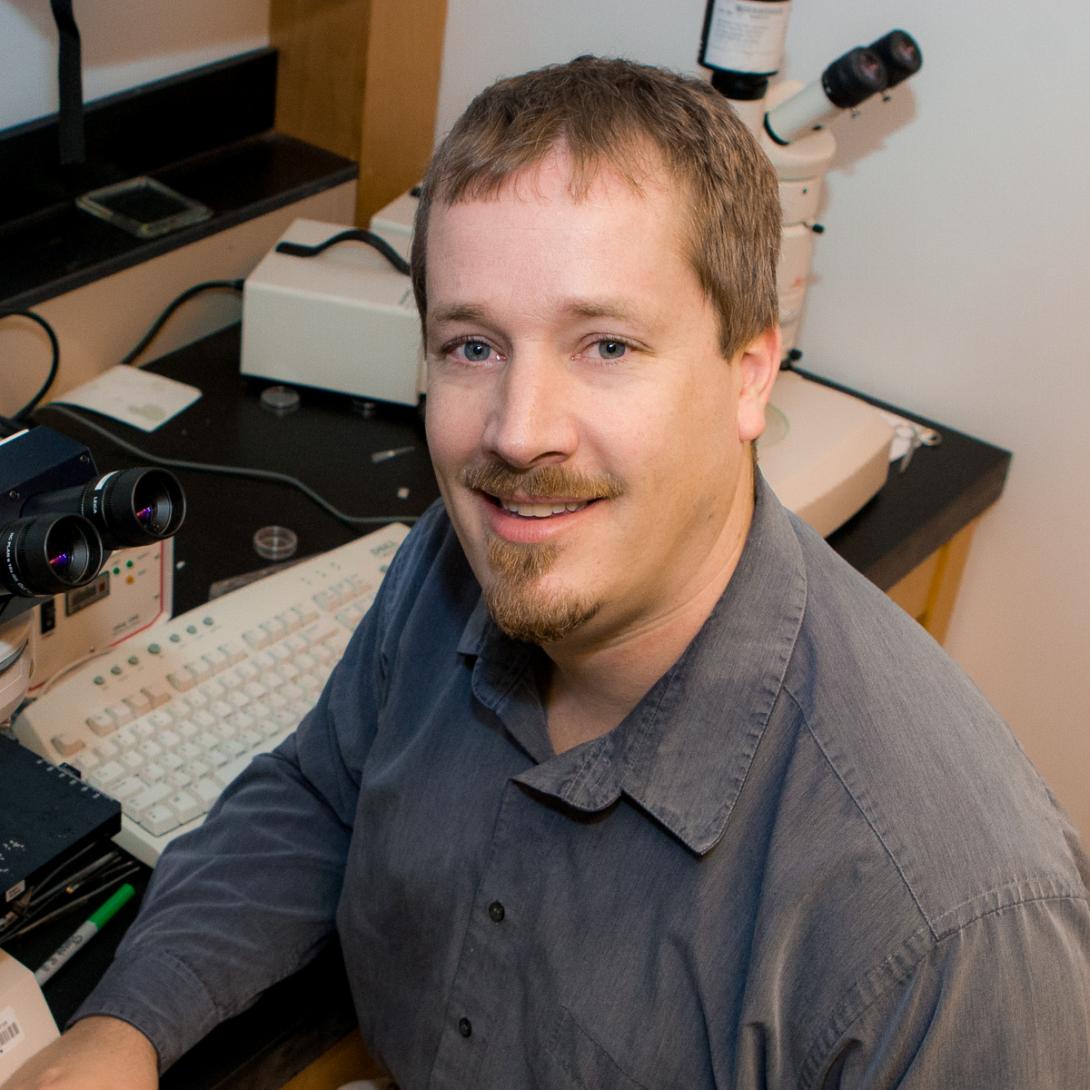
Bruce J. Herron, PhD
Research Interests
Our lab is focused on developing better models of human disease through the utilization of mouse models and genetic reference populations derived from inbred mouse strains. We use a combination of mouse genetics and developmental biology to elucidate gene function in an in-vivo context. We have developed expertise in a variety of organ systems including investigations of epidermis, cardiovasculature and most recently, in neurological traits. In each of these approaches our primary goal is to leverage the power for model systems to discover mechanisms related to abnormal pathogenesis that can be translated back to common human conditions related to gene-environment interactions.
Recent work in the lab has been focused on identification of complex traits in mice that are then mapped to Quantitative Trait Loci. For example, we have developed a novel assay to assess neoangiogenesis in mice. Using this approach we have discovered significant differences between inbred mouse strains ability to produce new blood vessels in response to Vascular Endothelial Growth Factor. We have also developed a model to better understand how genes influence the transition from generalized seizures to epilepsy. We are using these tools to define relationships between epilepsy and other common conditions, including Autism, and Sudden Death through collaborations with experts in these disciplines.